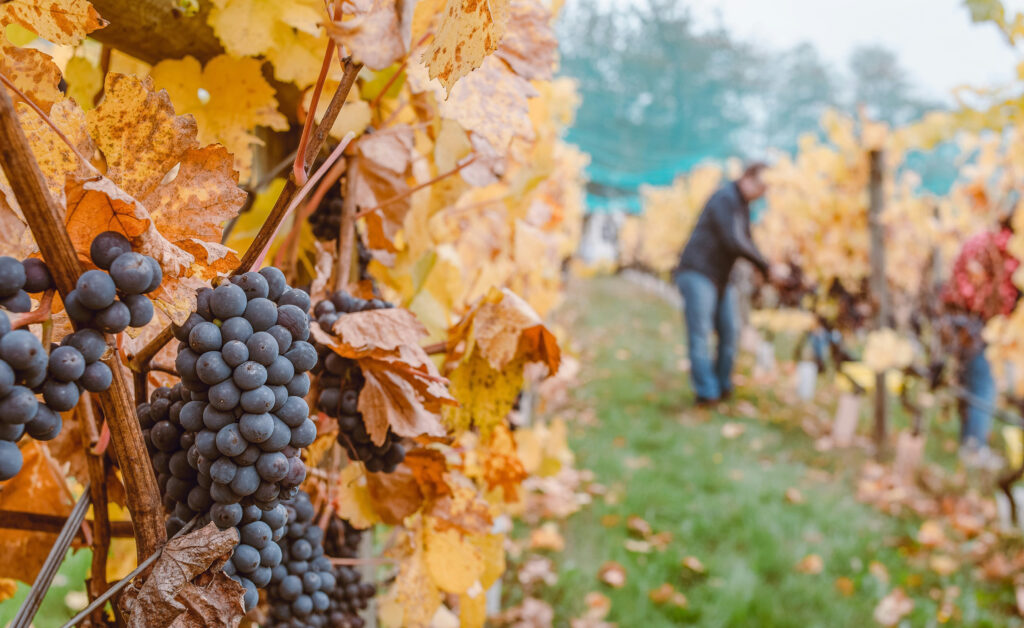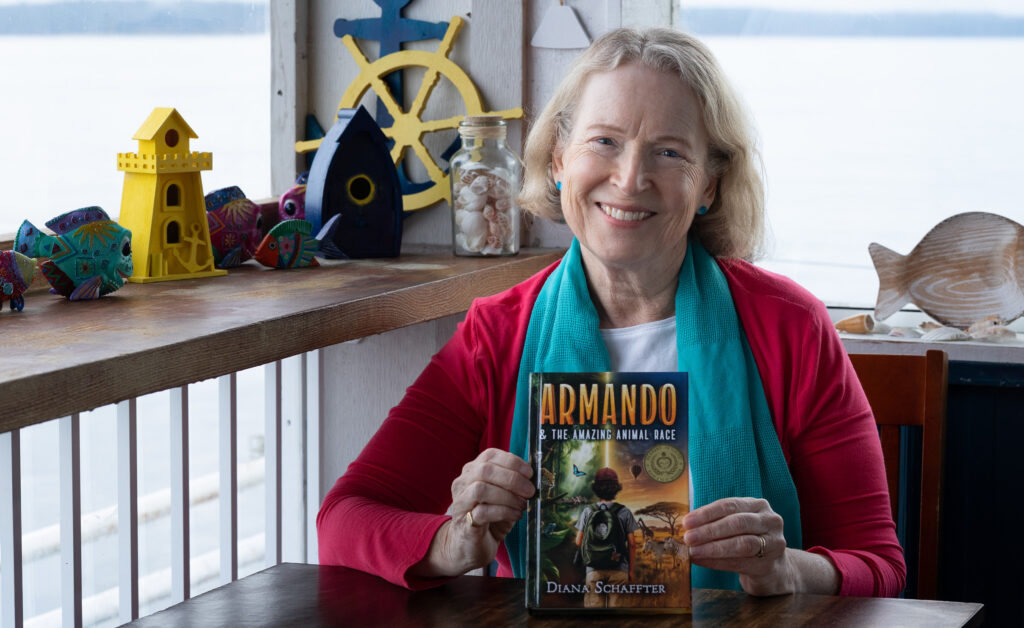story by Tilar J. Mazzeo | photo by Tina Witherspoon –
Last month, I alluded to the “perverse incentives” in our provincial winery legislation. This month: how we got there. The history involves a trip through Hansards and Orders in Council circa the 1970s. There are quotas, lobbyists, administrative rules and a government monopoly.
Broad strokes here: land-based wineries in B.C. have to follow a raft of rules: you must have and use the fruit from at least two acres of vineyard at your winery site; you can only have a tasting room at your winery site; you must use only B.C.-grown fruit, a percentage of which you must grow yourself; and you must produce at least 4,500 litres of wine a year.
Ever wondered why we don’t have any tasting rooms downtown and instead mix alcohol consumption and winding country lanes? That’s why.
It’s the 4,500-litre requirement, though, that is most ham-fisted.
Take another trip back to the 1970s, when the fledgling B.C. wine industry produced low-quality table wine, land was comparatively cheap and vineyards were planted to high-yield, low-quality grape varietals. Yields of 10-tonnes-per-acre were not uncommon. The trouble: the wine was plonk.
When the Agricultural Land Reserve came into existence, properties under two acres had certain exemptions; I suspect that the requirement for two acres of vineyard onsite was intended to ensure that land-based winemakers were captured under the new regulatory umbrella more than any viticultural logic. But, back then, that number was an easy hurdle. That hurdle has grown progressively higher.
By the 1990s, in part due to NAFTA, the B.C. wine industry was no longer content with producing table wine. The federal government, recognizing the potential for high-quality Canadian wines, paid some growers to pull out low-quality hybrid cultivars and to replant with superior – but lower yielding – vitis vinifera. By the turn of the millennium, the province was making increasingly well-regarded wines. For reasons unconnected to agriculture, land values started rising faster than inflation or growth. The law did not keep pace.
Fine wine is made from vines that struggle. Those plants, forced to fight for survival, put their resources into reproductive fruit. Even farmed industrially – with Roundup, irrigation, and chemical fertilizers and fungicides – fine wine production yields top out at two to three tonnes an acre. For regeneratively-farmed vineyards, grown without “probably carcinogenic” herbicides (WHO, 2015) and with greater regard for the soil microbiome and aquifer, two tonnes an acre is solid.
Meeting the legislated minimum requirement of 4,500 litres of wine today, then, using climate-conscious practices and growing high-quality vinifera, requires farming four to five acres of vineyard, more than double the originally envisaged two acres and much more than double the capital.
On the Saanich Peninsula, where the premium vineyard land is found in relatively small pockets, this functionally means owning or operating several different vineyard sites, in a real estate climate where any parcel of land sells for prevailing housing lot values.
We have legislative cheap-wine hangover. Until that changes, there will remain a perverse incentive for growing low-quality, high-vigor hybrids that don’t do justice to the potential of our region or for bringing in fruit grown off-Island.




